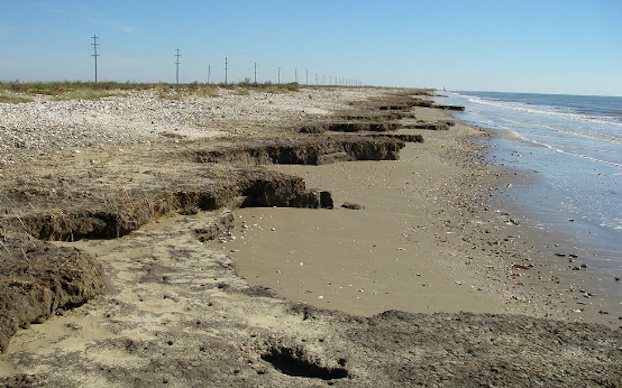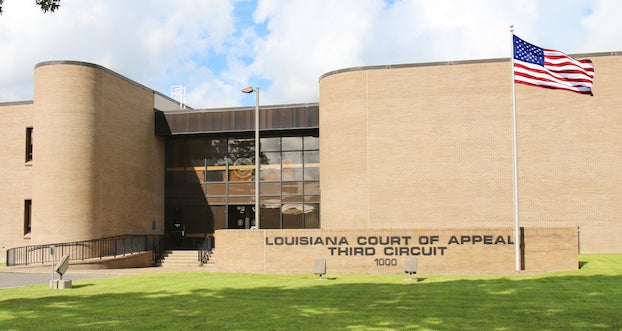Plans for Allen Parish jail starting to take shape
Published 10:02 am Wednesday, July 24, 2013
OBERLIN — Plans for an $8.5 million parish jail are beginning to take shape.
Sheriff Doug Hebert III said Tuesday plans for the 40,000-square-foot facility are awaiting approval from the State Fire Marshal’s Office.
“We do not anticipate any problems with the approval of the plans and expect them to be approved soon,” Hebert said.
The plans have been under review by state fire officials to ensure they comply with state building and safety codes.
Once the plans are given a stamp of approval from the fire marshal, the next step would be to seek requests for proposals for construction of the 180-bed facility to be built on a 40-acre site on La. 26, just west of Oberlin. Administrative offices will also be built as part of the project.
Officials have already begun work on the bid packages, which could go out within the next four weeks, Hebert said. Several contractors have already shown an interest in the project, he said.
As for Hebert, he said, “We are ready to go.”
Sabine State Bank submitted the lowest bid of 4.49 percent for 30 years to finance $5.5. million in bonds needed to build the jail. Nearly $4 million in gambling revenues and other funding are also available for the project.
Under an agreement approved earlier this year, the Sheriff’s Office will build the jail and lease it to the Allen Parish Police Jury for $250,000 a year.
The Police Jury now spends $270,000 annually to house inmates in out-of-parish facilities due to the lack of bed space in the current 7,000-square, 42-bed facility.
The Sheriff’s Office will be responsible for the cost of maintaining the administrative offices.
Plans for a new jail have been in the works since 2002 when former Sheriff Hal Turner and the Police Jury deemed the current jail inadequate due to costly maintenance and overcrowding conditions.
Problems with funding and disputes over the location and contracts repeatedly delayed the project until Hebert began pushing the project forward.





